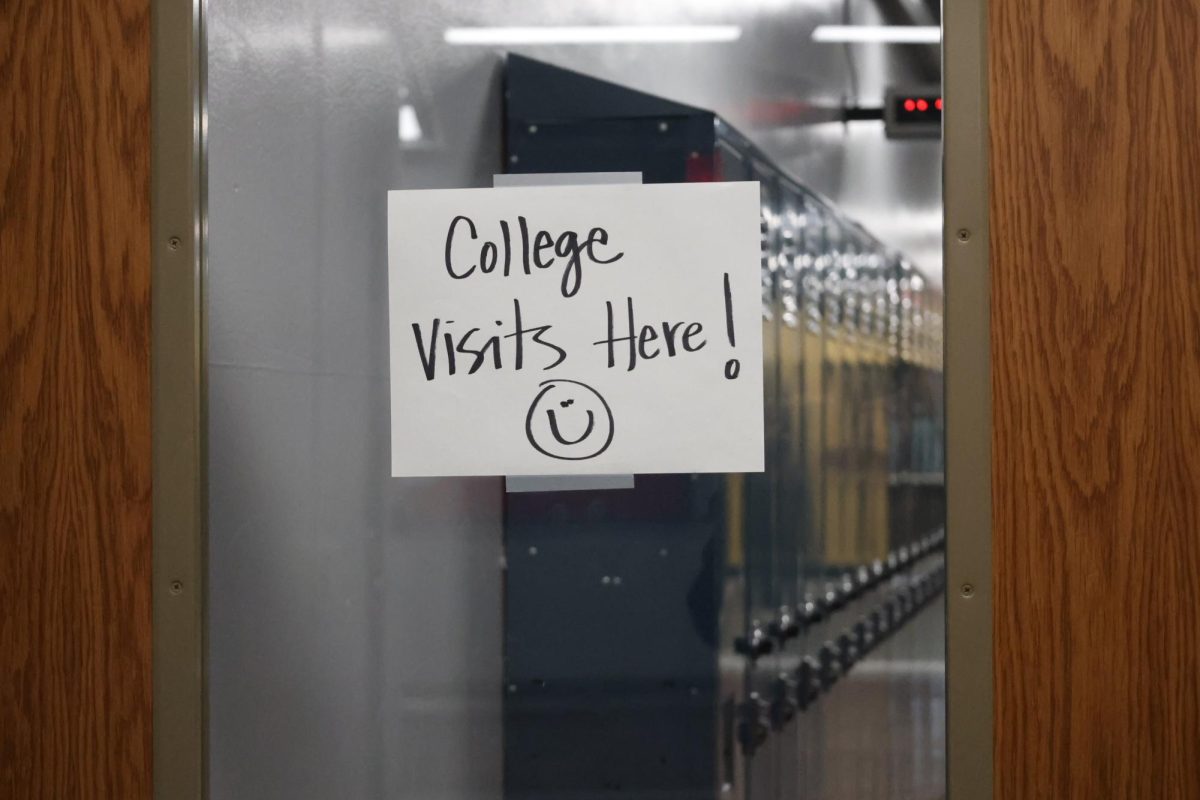Every school year in April, students in Ann Arbor take standardized tests. Freshmen and sophomores take the PSAT 9 or 10, while juniors take the SAT, WorkKeys and M-STEP. These tests are spread across two weeks, and those days are filled with stress and confidence as students await the testing.
The class of 2025 is the first in AAPS to take the SAT digitally. As of March 9, 2024, the United States only offered the digital SAT, making the paper SAT unavailable. CHS juniors were exposed to the digital format in the fall of 2023 when they took the PSAT. However, as this was the first SAT online, many didn’t know what to expect.
This was Noah Walter’s first encounter with the digital SAT and he liked the digital versions of tests better than the paper ones for a multitude of reasons.
A new addition was a digital countdown clock at the top of the test-taker’s screen, which could be hidden. Walter enjoyed having the digital clock because quickly being able to know how much time he had left in the section helped Walter pace himself.
“I liked how it has the timer right there and how you can have it show or not show,” Walter said. “Personally, knowing how much time I have left makes me less stressed.”
One thing Avalon McNew, junior, liked about the test was that the calculator was standardized. Students were given a Desmos calculator for the entirety of the math section.
Another positive was that they didn’t have to worry about filling in bubbles. Filling in bubbles takes time, and making sure they filled in the bubble for the correct question was difficult and required more energy. Instead, they could click on the answer, leave the question blank or flag it so they could come back to it later. Having these answer tools helped McNew stay on top of what they needed to go back to and what questions they had already completed.
“Once, I accidentally filled in the wrong part of the bubble sheet on a PSAT,” McNew said. “I had to transfer all of them in the middle of the section. So it’s nice not having the risk of that.”
The digital version of testing also included adaptive formats — something the paper tests never could do. According to the College Board, adaptive modules allowed them to accurately assess achievements in literacy and math with fewer test questions. The digital version is around an hour shorter and has almost 60 fewer questions than the paper version.
Both sections, reading and math, had two modules. After taking the first module in each section, students were assigned their next module based on their scores from the first one. This allows students to be more fairly assessed, but it can limit the score they are able to get.
While Walter enjoyed the digital version of the test, Jonah Rosewig had a different experience. He didn’t like the adaptive modules and thought it was unfair to add them to a standardized test. He emphasized the differences between the paper and digital versions of the PSAT and believed the paper version would be a better representation of a student’s knowledge.
“The second portion depends on how well you do in the first portion,” Rosewig said. “I think it’s not a good standardized test because it changes based on how well you do.”
To help students with studying, Khan Academy partnered with the College Board to provide free online resources and study materials. Many students used Khan Academy’s free digital SAT practice and the application Bluebook.
Khan Academy’s free digital SAT practice included videos, specific practice problems and multiple full-length tests. Khan Academy offers many studying opportunities for students before testing week begins. Practice can give students more experience answering questions online and a feel for how the layout might look.
Walter studied using Bluebook, which is the new digital testing application, offering free practice tests that use the exact layout the SAT uses because that is the application the digital SAT is taken on. AAPS installed the Bluebook application on all school-issued Chromebooks, making the practice tests it offered accessible.
“Practice tests help me better than doing random questions,” Walter said. “Because by doing practice tests, I can get used to the format.”
The root of the SAT is the same, only the format has become different. These changes have made the test shorter with fewer questions while still assessing skills in literacy and math. It will be something students need to get used to. Navigating the digitized version will bring new study techniques and strategies to students. Generally, students have liked the new changes the digital format brings. After weeks of testing, students are finally able to take a break and relax.











